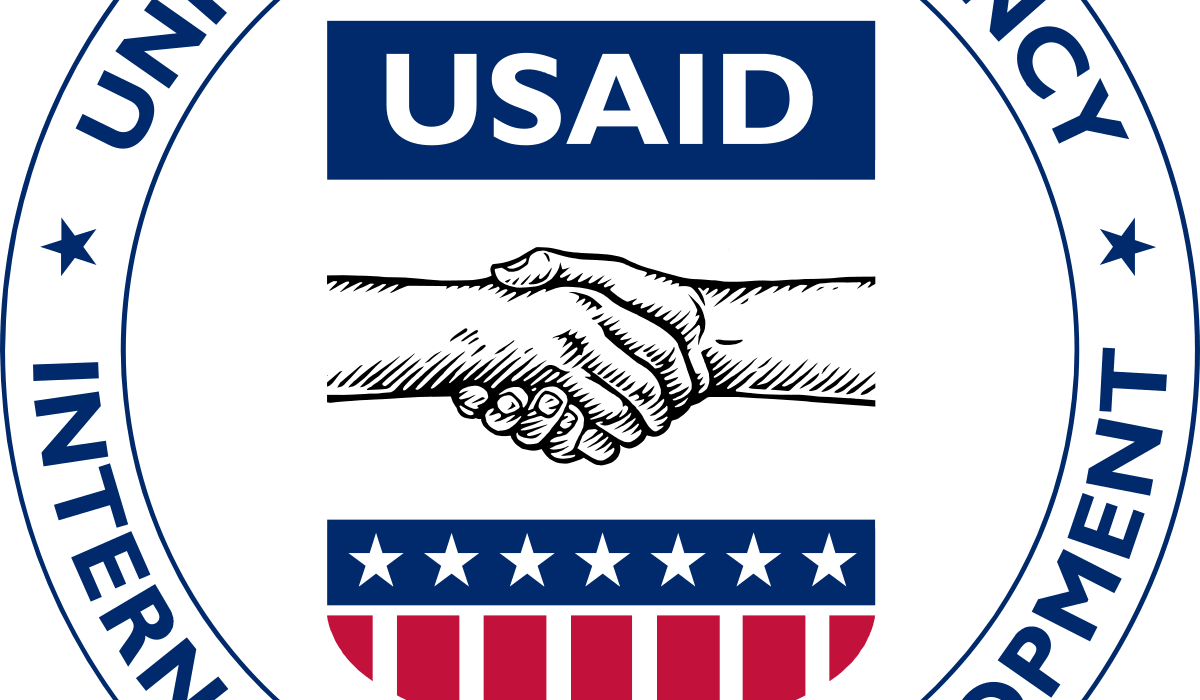US Ends Traditional Aid Programs, Launches Investment-Led Strategy in Africa, Developing Regions

The United States on Monday officially ended most of its traditional foreign aid programs, including those under the U.S. Agency for International Development (USAID), replacing them with a new model focused on targeted investments and trade partnerships across Africa and other developing regions.
The change, which took effect July 1, marks a significant pivot from decades of humanitarian and development assistance toward a strategy that prioritizes commercial diplomacy, private-sector investment, and market reforms.
U.S. officials say the move is aimed at building “mutually beneficial partnerships” rather than fostering aid dependency.
Under the new approach, ambassadors and U.S. envoys will be evaluated based on the strength of investment and trade deals they facilitate, rather than the volume of aid disbursed.
“We are no longer in the era of open-ended handouts. The future of U.S. engagement is grounded in investment, innovation, and enterprise,” Secretary of State Marco Rubio said during a policy briefing in Washington.
The closure of USAID institutions that had operated for over six decades has led to the termination or transfer of over 80% of its global programs. Major initiatives in health, education, and humanitarian relief have been affected, including long-standing efforts to combat HIV/AIDS, malaria, and malnutrition in low-income countries.
In place of traditional grants, the U.S. is redirecting funding toward development finance initiatives and private investment channels such as the U.S. International Development Finance Corporation (DFC). Infrastructure, energy, agri-food systems, and critical minerals are expected to be key focus areas.
The policy aligns with Washington’s broader geopolitical objectives, including countering China’s growing influence in Africa through investment in logistics corridors like the Lobito rail project and the establishment of regional trade
Reactions across Africa have been mixed. While some leaders at the recent U.S.-Africa Business Summit welcomed the shift to investment-driven cooperation, others expressed concern over the sudden withdrawal of humanitarian assistance.
President João Lourenço of Angola urged the U.S. to couple its new model with lower trade barriers, noting that “investments without market access or fair trade terms won’t move the needle for African economies.”
Meanwhile, global development experts have issued stark warnings. A Lancet-backed report estimates that the abrupt closure of health-related aid programs could result in over 14 million preventable deaths in vulnerable regions over the next decade if alternative support mechanisms are not established.
Former U.S. Presidents George W. Bush and Barack Obama jointly criticized the policy shift, calling it “a travesty with real human costs.” International advocates, including U2 frontman Bono, echoed concerns that the rollback of aid undermines decades of bipartisan progress on global health and poverty reduction.
As the U.S. moves forward with its “trade, not aid” policy, the long-term impact remains uncertain. While the strategy may open new doors for economic growth and self-reliance in developing nations, questions persist about who will fill the humanitarian void if anyone does at all.
Observers will also be watching how competitors like China, Russia, and the European Union respond, potentially reshaping the balance of global influence in Africa and other emerging markets.
For now, July 1 marks not only the end of an era in American foreign aid but also the beginning of a bold and controversial experiment in global development.








